17th century
Artworks 61 to 70 of 127:
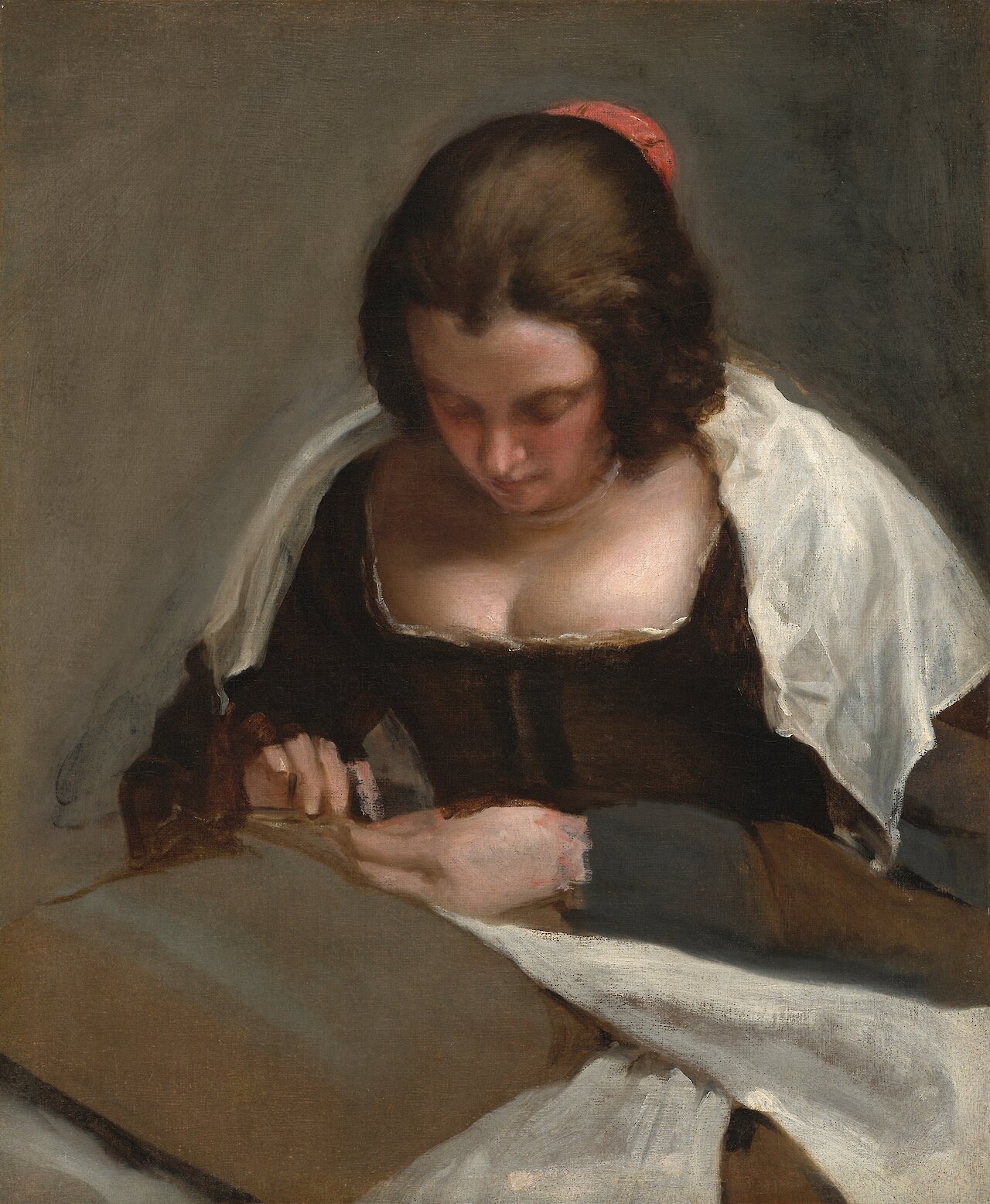
The Needlewoman
by Diego Velázquez, circa 1640–1650
- Medium
- Oil on canvas
- Dimensions
- 74 x 60 cm (29 1/8 x 23 5/8 in)
- Credits
- Andrew W. Mellon Collection.
- Location
- National Gallery of Art
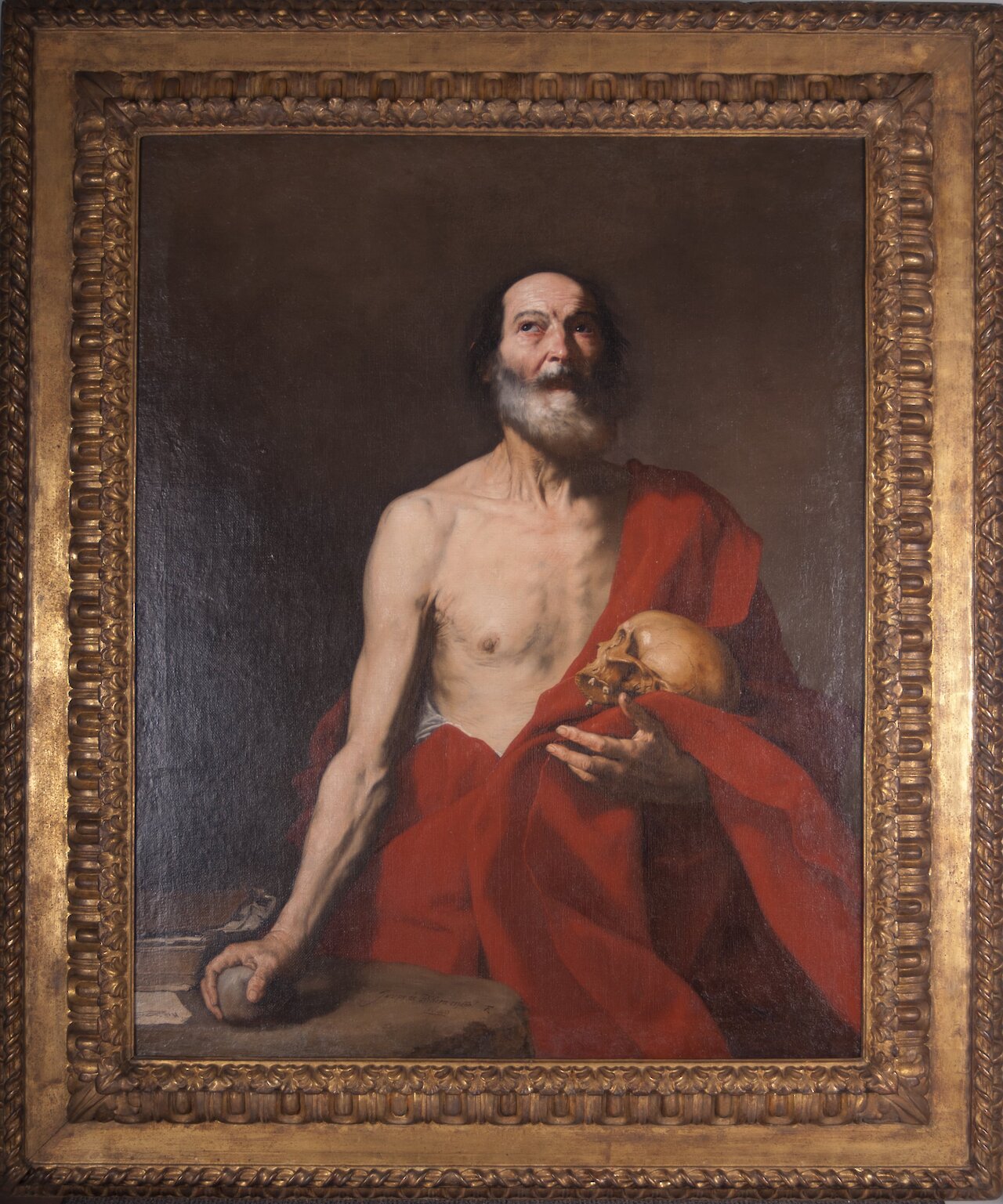
Saint Jerome
by Jusepe de Ribera, 1640
- Medium
- Oil on canvas
- Dimensions
- 128 x 101.3 cm (50 3/8 x 39 7/8 in); framed: 165 x 139.5 x 8.2 cm (64 15/16 x 54 15/16 x 3 1/4 in)
- Credits
- Harvard Art Museums/Fogg Museum, Gift of Arthur Sachs
- Location
- Harvard Art Museums
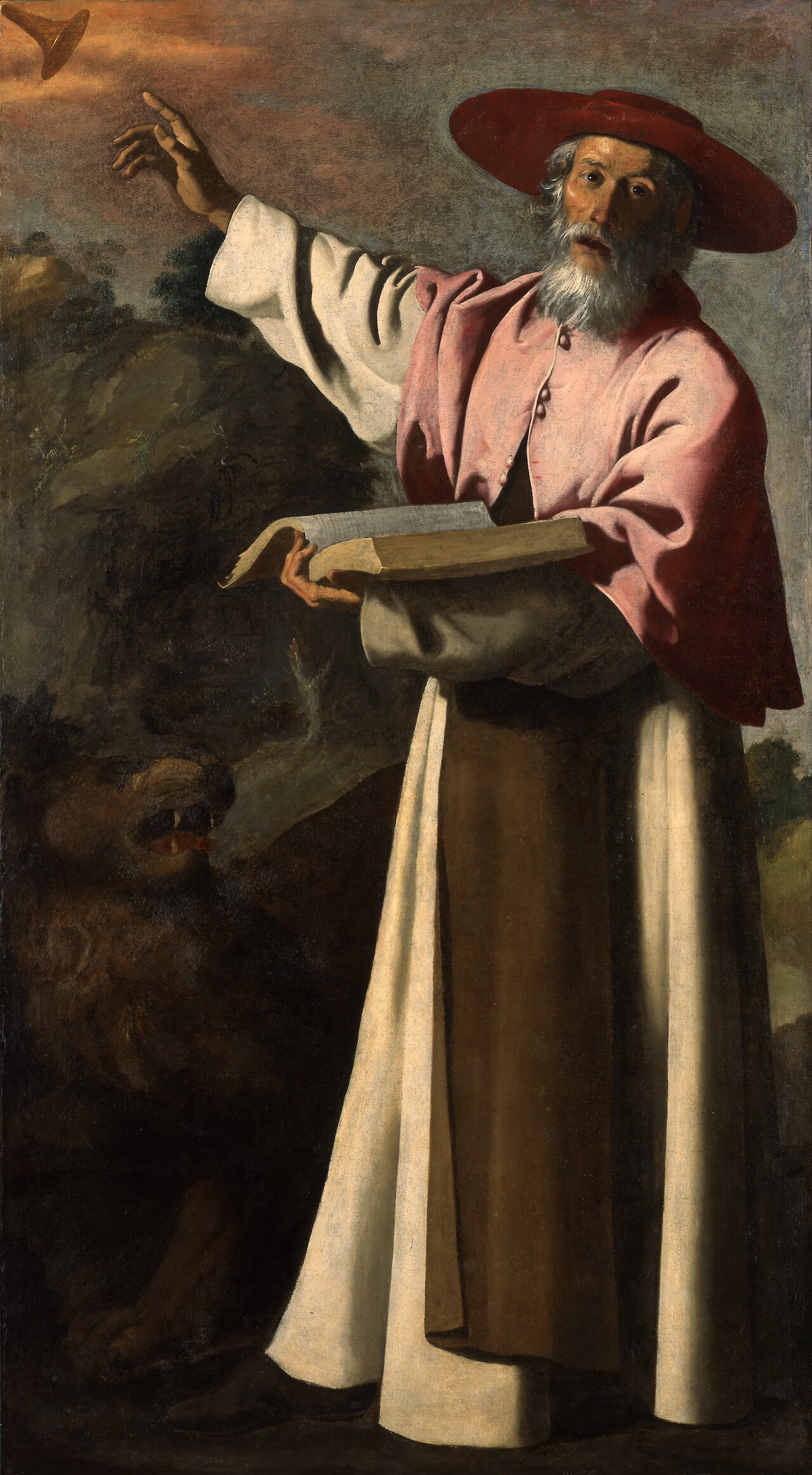
Saint Jerome
by Francisco de Zurbarán, circa 1640–1645
- Medium
- Oil
- Dimensions
- 73 in x 41 in (185.42 cm x 104.14 cm)
- Location
- San Diego Museum of Art
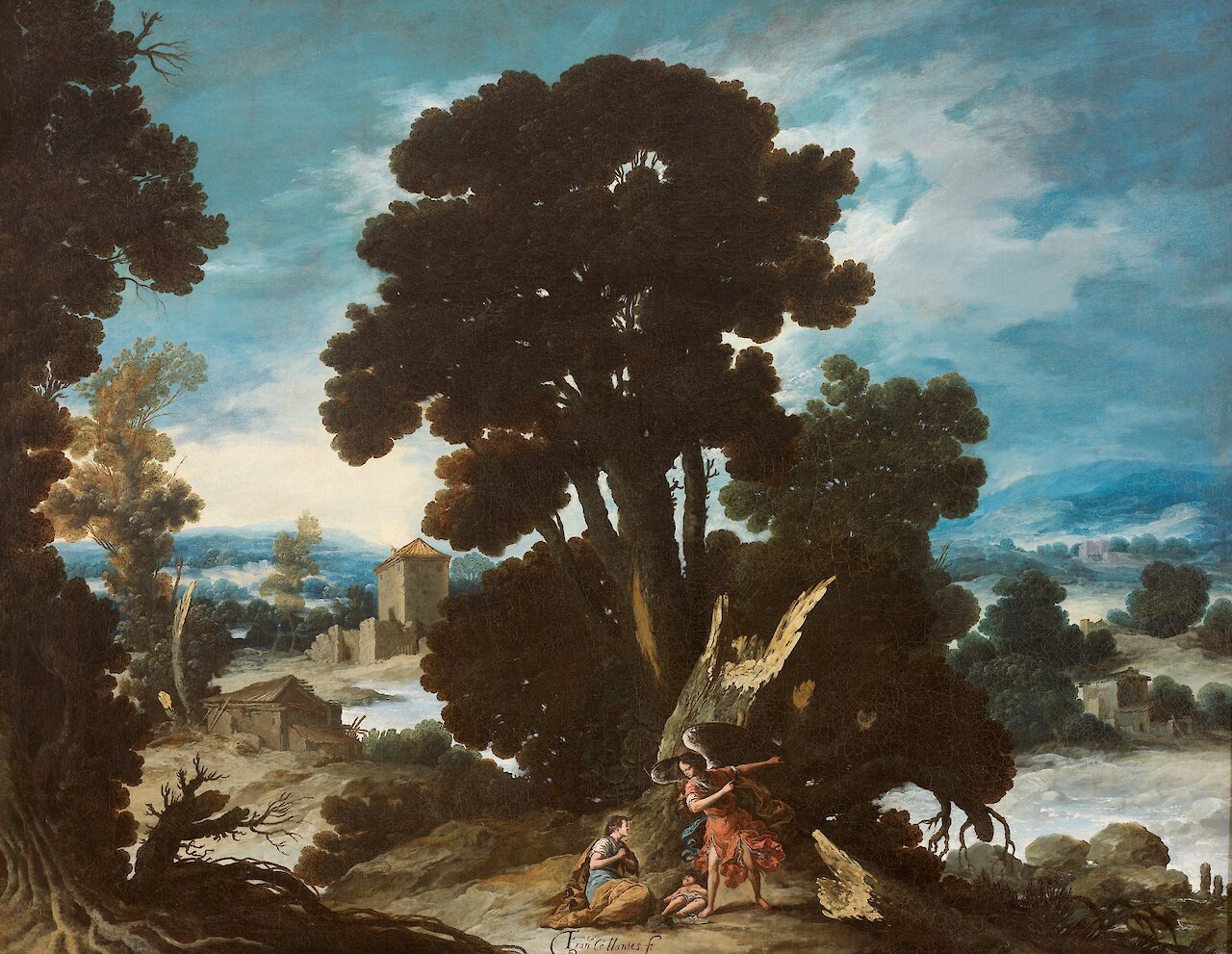
Hagar and Ishmael
by Francisco Collantes, circa 1640
- Medium
- Oil on canvas
- Dimensions
- 109.2 x 139.1 cm (43 x 54 3/4 in.). Framed: 144.8 x 175.9 x 12.1 cm (57 x 69 1/4 x 4 3/4 in.)
- Credits
- Gift of Manton B. Metcalf
- Location
- RISD Museum
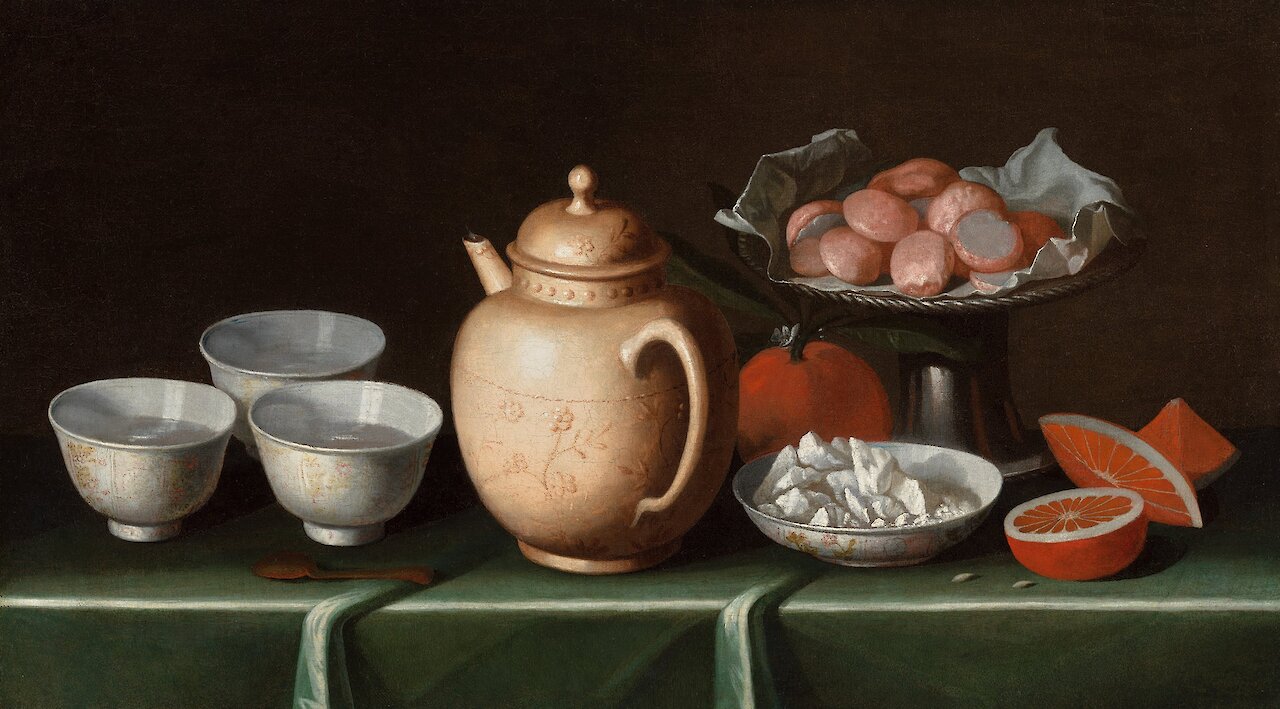
Still Life with Fruit and Pottery
by Juan de Zurbarán, circa 1640–1645
- Medium
- Oil on canvas
- Dimensions
- 72 7/8 x 44 1/2 in. (185.1 x 113 cm)
- Credits
- Cincinnati Art Museum. Fanny Bryce Lehmer Endowment.
- Location
- Cincinnati Art Museum
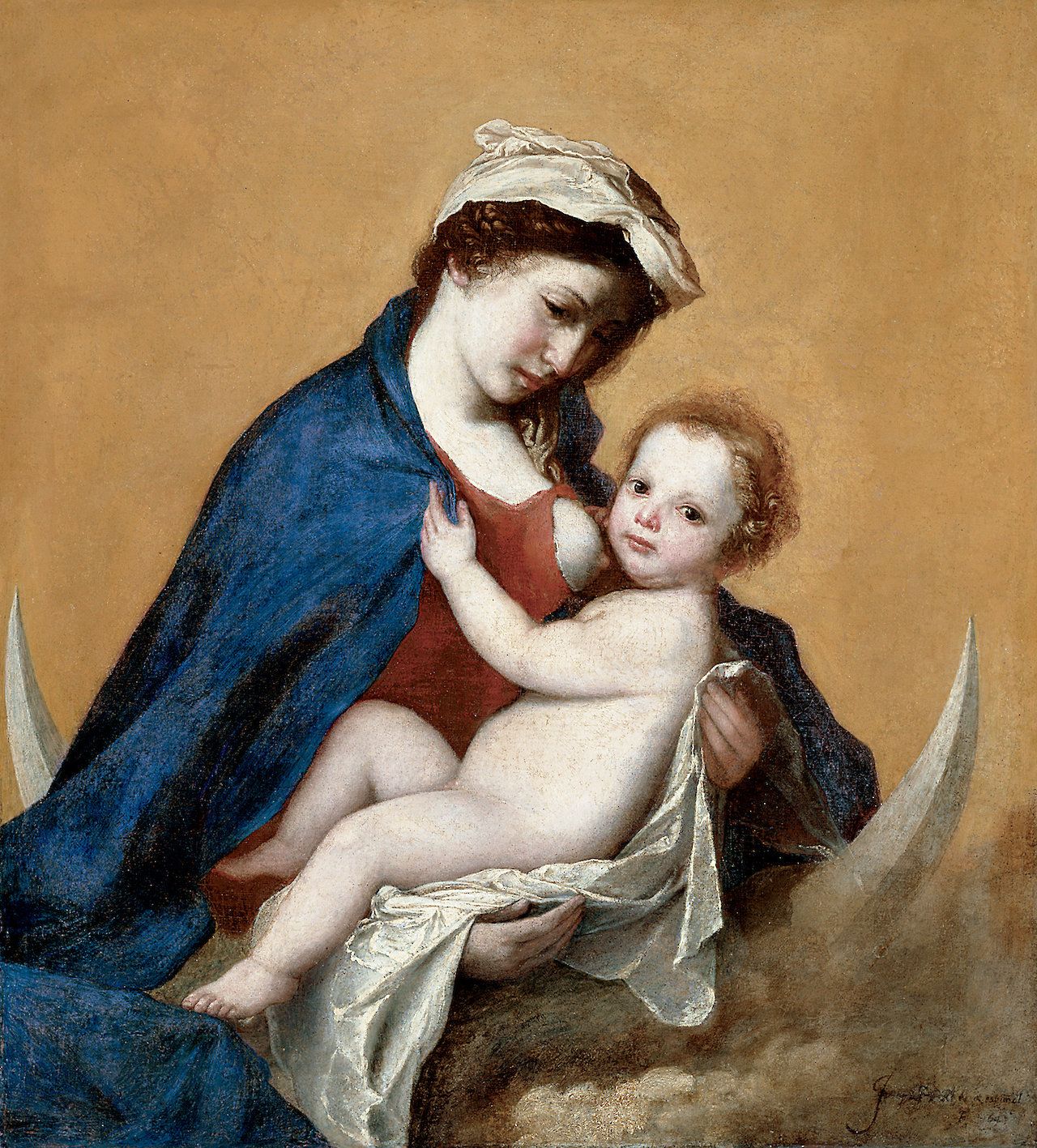
Virgin and Child
by Jusepe de Ribera, 1643
- Medium
- Oil on canvas
- Location
- John and Mable Ringling Museum of Art
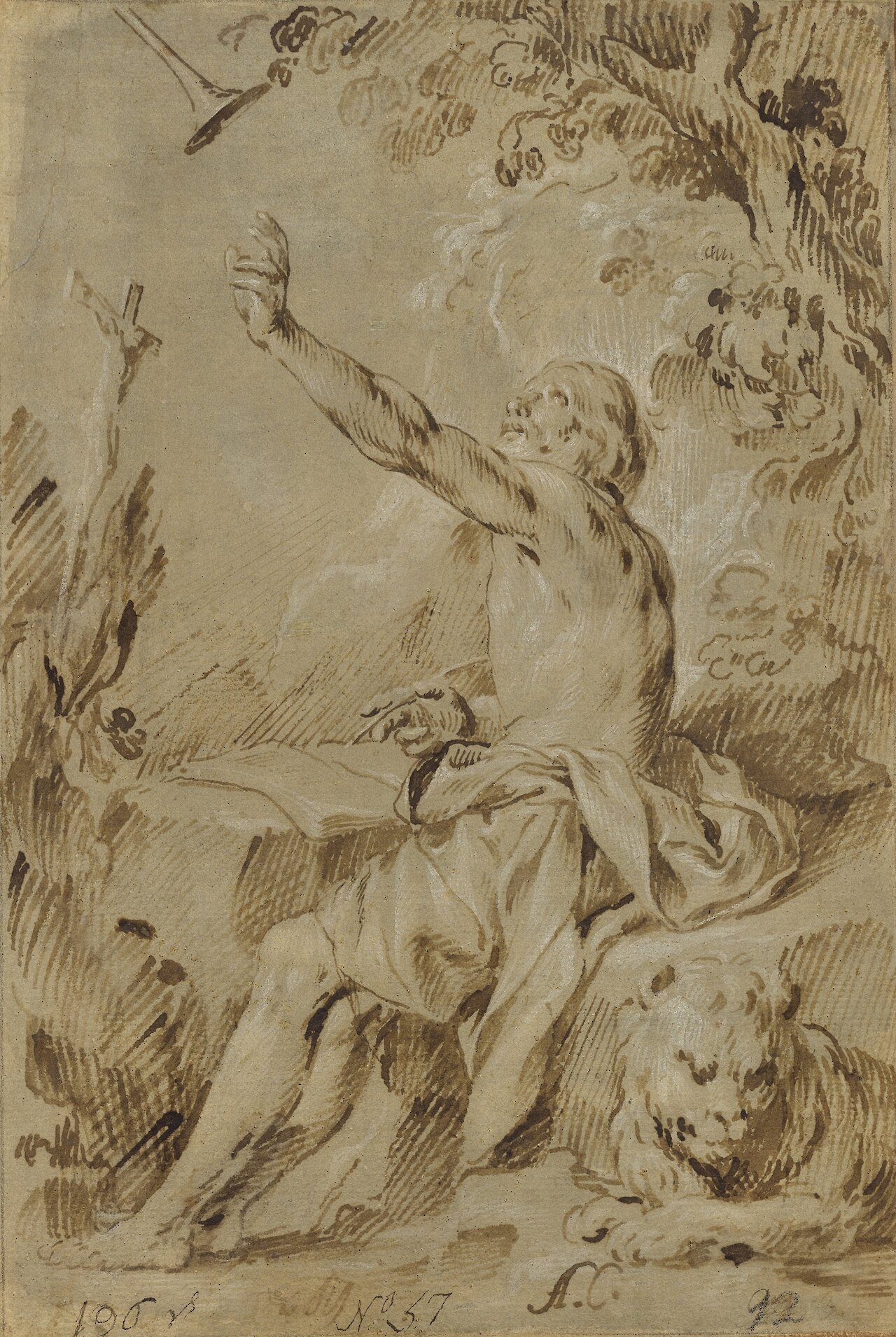
St. Jerome Hearing the Trumpet of the Last Judgment
by Antonio del Castillo y Saavedra, circa 1645–1650
- Medium
- Reed pen and brown ink, heightened with white gouache
- Dimensions
- 29.4 × 19.8 cm (11 9/16 × 7 13/16 in)
- Notes
Living in the wilderness as a hermit, Saint Jerome heard trumpets sounding the Last Judgment; looking up, he saw the cross with Christ's body rising in front of him. Here the trumpet appears so tantalizingly close that Jerome reaches up to try to touch it. His attributes, a lion and a book, surround him.
Antonio del Castillo y Saavedra built the dynamic composition from lively, quick strokes. Hatching and cross-hatching emphasize the rippling muscles on the saint's arms and back and elaborate the folds of fabric around his waist. They suggest the undergrowth on the left and the lion's fur.
- Location
- J. Paul Getty Museum
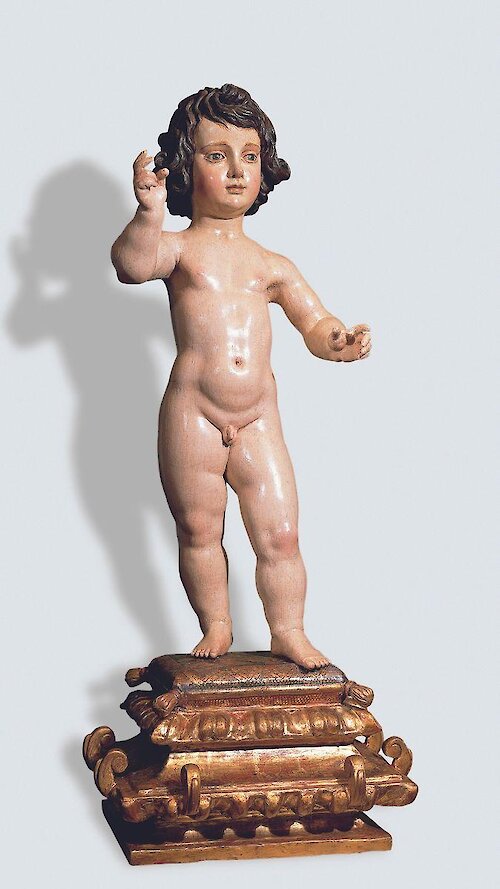
Blessing Christ Child (El Niño Jesús)
by Francisco Dionisio de Ribas, 1645
- Medium
- Wood, polychrome
- Dimensions
- Pedestal: 80 x 27.7 cm (31 1/2 x 10 7/8 in.); figure: 61.5 cm (24 3/16 in.); pedestal: 18.5 x 34 cm (7 5/16 x 13 3/8 in.)
- Notes
Attributed to Francisco Dionisio de Ribas. Museum Department Purchase, 1996. Hispanic Society of America. All rights reserved.
- Location
- Hispanic Society Museum and Library
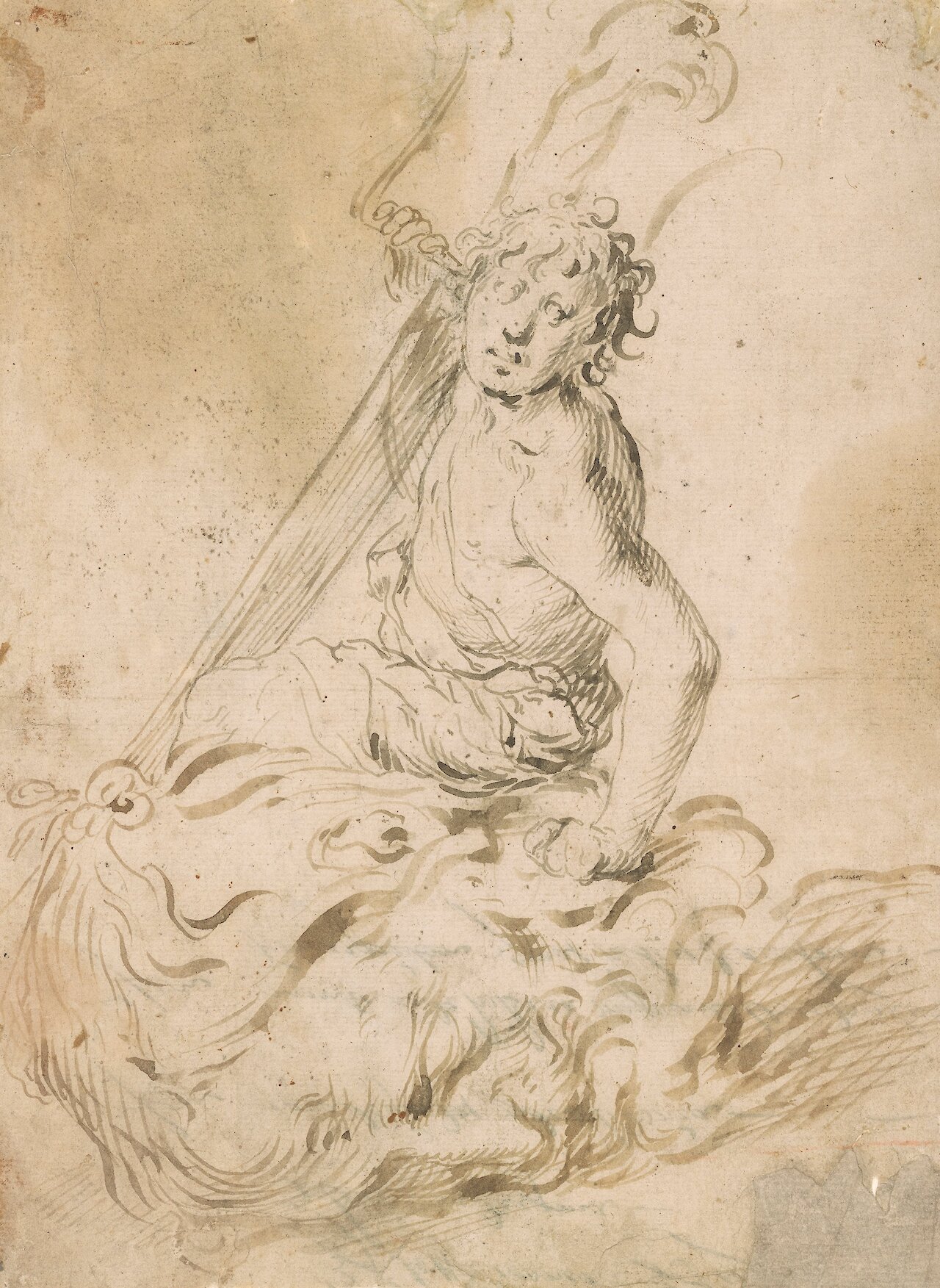
David with the Head of Goliath
by Antonio del Castillo y Saavedra, circa 1645–1655
- Medium
- Pen and brown ink and wash, on laid paper
- Dimensions
- 10 11/16 x 7 7/8 in.
- Credits
- The Morgan Library & Museum. Gift of János Scholz. Photography by Steven H Crossot.
- Location
- Morgan Library & Museum
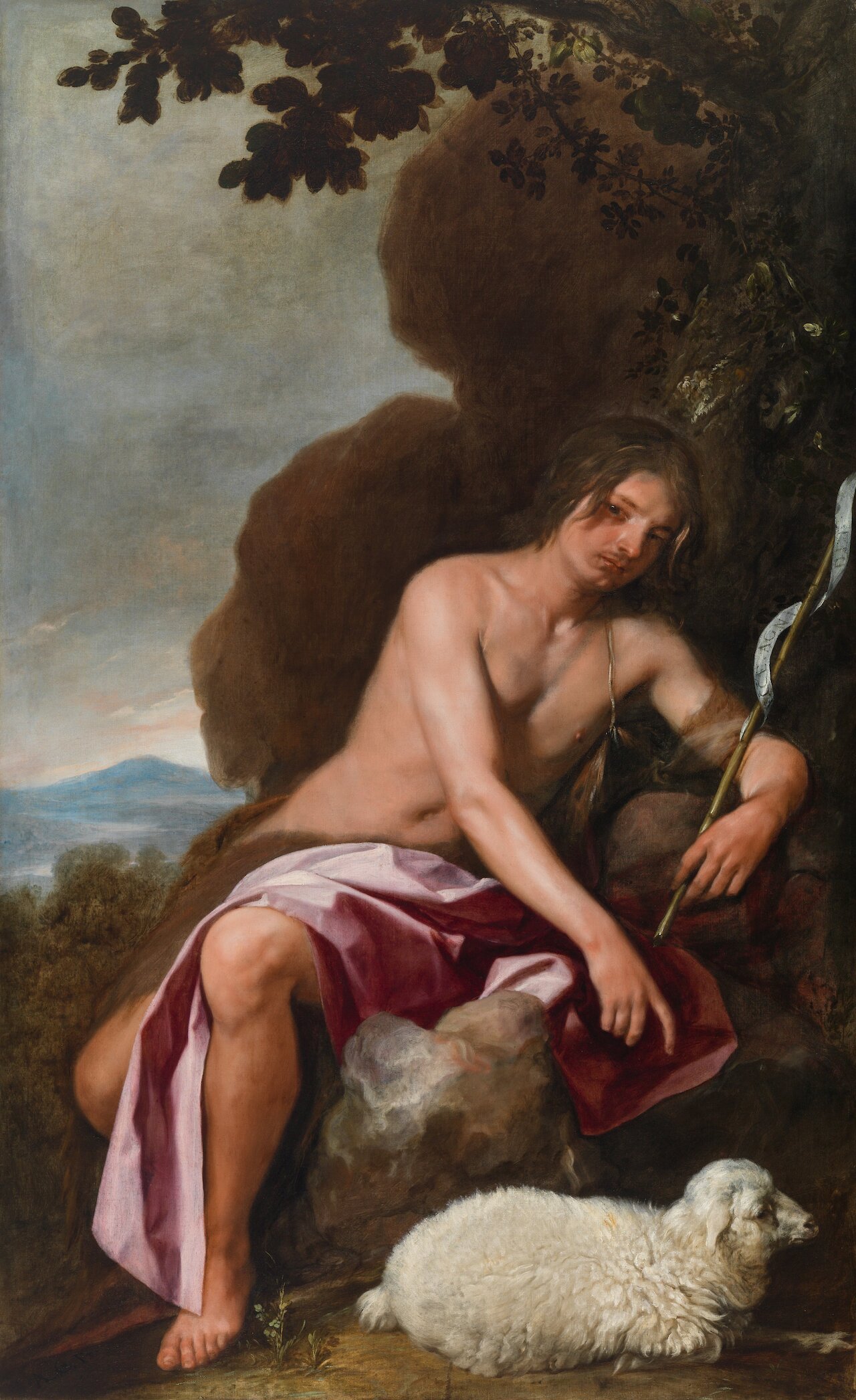
Saint John the Baptist
by Alonso Cano, 1645–1652
- Medium
- Oil on canvas
- Dimensions
- 72 7/8 x 44 1/2 in. (185.1 x 113 cm)
- Credits
- Cincinnati Art Museum. Fanny Bryce Lehmer Endowment.
- Location
- Cincinnati Art Museum